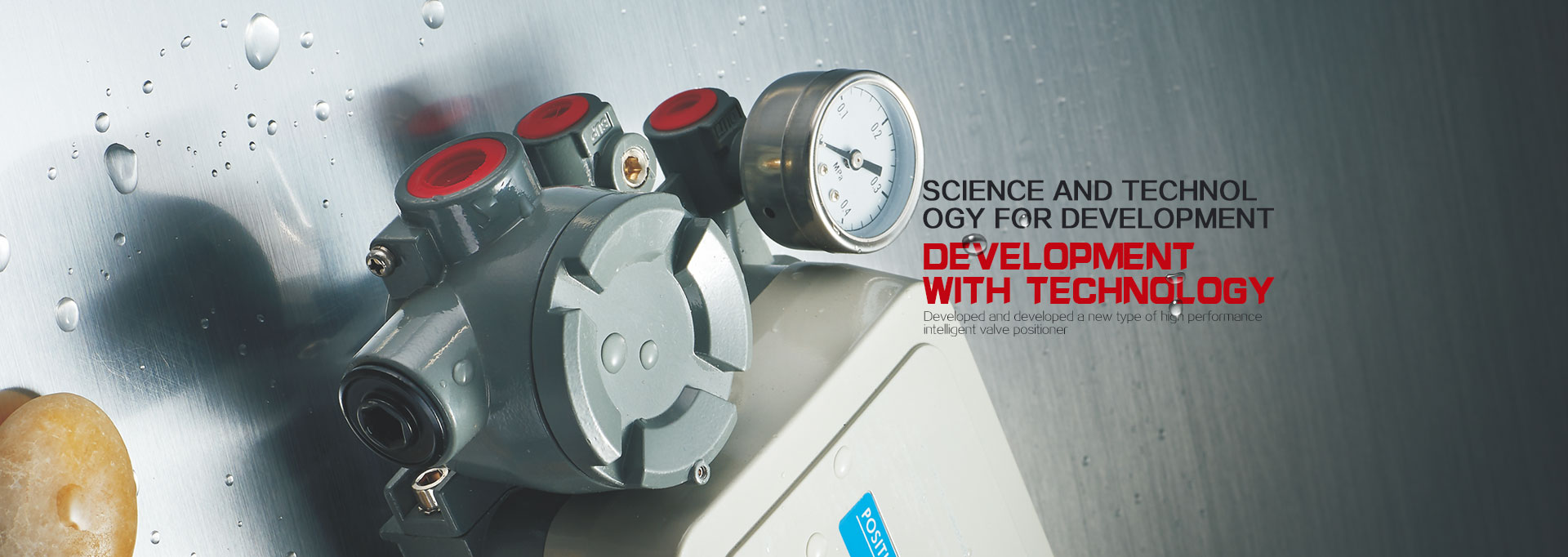How should flange butterfly valves be selected?
Flange butterfly valves are mainly used in industrial production pipelines. Their main function is to cut off the flow of media in the pipeline, or to regulate the flow of media in the pipeline. Flange type butterfly valves are widely used in production pipelines in general industries such as water conservancy engineering, water treatment, petroleum, chemical industry, urban heating, and also in condensers and cooling water systems in thermal power plants.
Flange type butterfly valves are particularly suitable for making large diameter valves, which are widely used in the field of large diameter regulation. When the flange type butterfly valve is fully opened, the flow resistance is small. When the butterfly plate opening angle is between about 15-70 °, the flange type butterfly valve can be very sensitive to control the medium flow.
In addition, because the butterfly plate of the flange type butterfly valve has a wiping property during rotary movement, this type of valve can be used in pipelines with suspended particulate media. Depending on the strength of the seal, it can also be used in powdery and granular media pipelines.
Classification of flanged butterfly valves
Flange butterfly valves can be divided into soft seal flange butterfly valves and hard seal flange butterfly valves according to the sealing surface material.
The sealing pair of the soft sealing flange butterfly valve uses elastic sealing materials such as rubber and fluoroplastics; The sealing pair of hard seal flange butterfly valves uses metal to metal, metal to fluoroplastic, and multilayer composite plates.
In addition to being embedded in the valve body channel, the sealing ring of the soft seal flange butterfly valve can be embedded around the butterfly plate. When used as a shut-off valve, its sealing performance can reach FCI70-2:2006 (ASMEB16.104) Class VI, far higher than that of the hard seal flange butterfly valve; However, due to the temperature limit of soft sealing materials, flange butterfly valves with soft sealing are usually used in the field of water conservancy and water treatment at normal temperature.
Metal hard seal flange butterfly valves have advantages in terms of materials, which can adapt to higher working temperatures and pressures, and have a longer service life than soft seal butterfly valves. However, the disadvantages of hard seal flange butterfly valves are also obvious, that is, it is difficult to achieve complete sealing and poor sealing performance. Therefore, this type of flange butterfly valves are generally used for regulating flow in situations where sealing performance requirements are not high.







